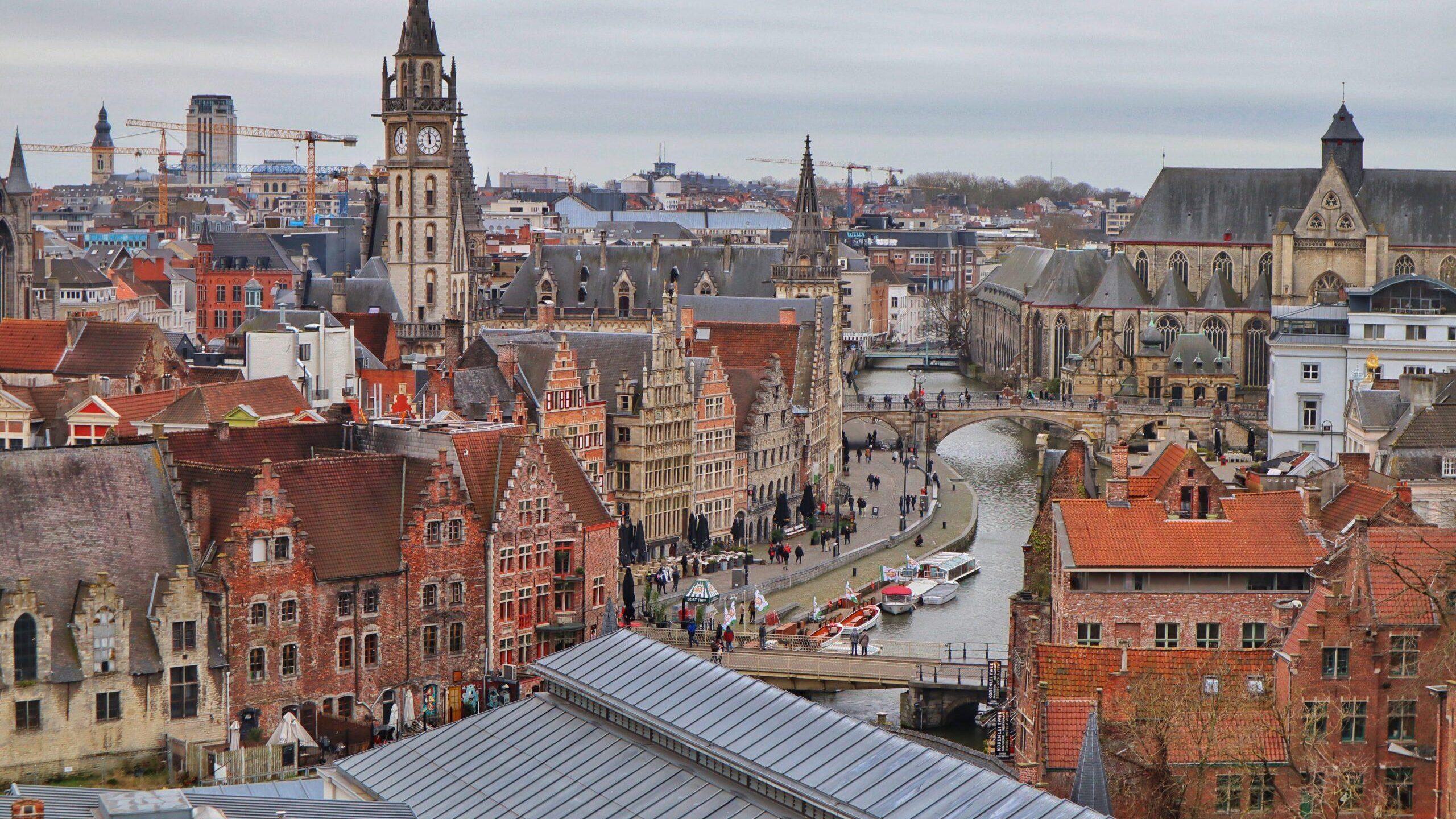I
I
Such moves are backed by several motivations that go further than just cutting carbon emissions. Traffic restrictions can reduce congestion on roads, giving the advantage to shared and essential vehicles and public transport. It opens up urban space for new opportunities — like bike lanes, greenery, and public spaces, all of which make cities more active and liveable for their citizens.
Cities rolling out congestion charges and traffic restrictions.

1. BERLIN — IT STARTED WITH A FEW CAR-FREE STREETS…
While some streets in Berlin have recently been declared car free, like Friedrichstraße and Bergmannstraße, the city is now considering rolling out car bans beyond just single streets. A citizen’s group recently put forward a plan to make the world’s largest car-free zone, which would be the size of Manhattan. Should the plan be passed, it would exempt service vehicles, like taxis.

2. Birmingham — out with motorways, in with greenspaces.
As a notorious car-oriented city, Birmingham’s 2021 Transport Plan announced new plans to turn this around. It calls to transform major inner-city motorways, such as Queensway, to new green spaces, introduce more pedestrian spaces, and implement a 20 mph default speed limit to all residential streets and local centres. These regulations will be followed by investments in public transport and cycle lanes.

3. Oslo — going beyond evs.
Norway is at the forefront of the EV race with the most EVs per capita in the world. However, the capital city took big strides to limit traffic, making itself one of the first major European cities to ban cars from its centre. Leading up to the launch of their inner city car ban in 2019, Oslo took incremental steps: restricted access for private vehicles, reduced parking, and introduced new pedestrian walkways. Lan Marie Nguyen Berg, the city’s vice mayor for environment and transport leading up to the ban, highlighted the importance to regulate beyond just EVs: “By 2030, I hope that all cars in the city will be electric – [but] we won’t have space for them all.”

4. London — the congestion charge pioneer.
In 2003, Transport for London (TfL) helped pioneer a congestion charge, making the capital one of the first major cities in the world to apply such a regulation. Covering 21 square kilometres of London’s urban core, taxis and minicabs are exempt from the fee. The city’s mature and extensive shared transport network was able to successfully absorb the increased shared transport demand resulting from fewer private cars. Between 2000 and 2016, taxi and minicabs use increased by 29.2%, while traffic volume at large has dropped around a quarter.

5. Barcelona — the super block city.
In 2016, Barcelona defined its first ‘superbock’ which rerouted traffic around a collection of street blocks in its centre. This was just the start — over the next decade they plan to incrementally introduce more car-free zones. Since March 2020, the city has transformed about eight hectares of cityscape into new public spaces, terraces, and bike lanes. Mar Alarcon, who was involved in the project, emphasises the importance of finding alternatives with such a project: “We consider it a persecution of the private vehicle to remove it from the city without offering any alternative.”

6. Glasgow — launching operation ‘Spaces for People’.
Glasgow recently announced that within the next five years, it will phase out cars completely from a marked out perimeter city’s core. Susan Aitken, a councillor, says the move goes in hand with making the city more liveable for residents: “Our Spaces for People project was a major response to Covid as the city re-opened after lockdown to re-prioritise public space and give it to people rather than cars.”

7. Paris — restricting speeds and parking spaces.
The French capital is restricting car use in several ways. Firstly, just last August the city imposed a new 30 kilometres per hour speed limit which is already applied to over 60% of the whole city. Secondly, the availability of parking spaces is being halved across the city — such a move discourages bringing a private car into the city and rather encourages shared transportation alternatives.

8. AMSTERDAM — bikes, boats, and more parking restrictions.
As a bike dominant nation, only 19% of Dutch citizens use cars every day, but Amsterdam still recognised the need to improve urban mobility by restricting the number of cars in its centre. In 2019, city authorities started reducing parking and cutting back road space with more one-way roads alongside to make car use less favourable.

9. GHENT — CAR-FREE BEFORE IT WAS COOL.
Belgium’s second-largest city made its historic centre car-free in 1997, and more recently in 2017, they expanded the car-free zones as part of their circulatieplan (circulation plan). The plan was created to give more space to pedestrians and bikes, while it still allows emergency services, trams, buses, and taxis to enter.

10. Milan — making a crisis an opportunity.
Milan is among one of Europe’s most polluted cities. Following COVID-19 lockdowns, the city decided to harness the opportunity to reduce vehicle traffic space and introduce speed limits on certain roads to give more room for foot traffic and bikers. An example is the Piazza Sicilia project, in which the city turned a right-hand turn lane into a park.
How can traffic restrictions and congestion charges be an opportunity for ride-hail and taxi operators?
As cities work towards phasing out private car use, residents and commuters need feasible alternatives. Walking, biking, and public transport are not always a reasonable option for everyone, everywhere — a commuter’s home could be in a low density area with poor public transportation connections, or perhaps the commuter is not in physical condition to bike or walk.
Walking, biking, and public transport is not always a reasonable option for everyone, everywhere.
The well connected mobility ecosystem cities are striving for need different types of transport that compliment one another and don’t overlap or compete with each other.
This will bring new market opportunities and demand to connect first-mile or last-mile commutes for the majority of cases that people don’t live within comfortable walking distance of public transport stops.
With the right intermodal tech solution integrated into their service, ride-hail and taxi operators can take big advantage of this opportunity and offer these commuters a seamless journey that connects the best of their service and the best of public transport.
Ride-hailing and taxi services should be part of a sustainable urban mobility network if it is to work for everyone and everywhere in a city; this is one of the best ways we can keep our cities congestion free and more liveable for everyone.
.
Want our regular urban mobility news, updates, and insights? Follow Mileus on LinkedIn!









